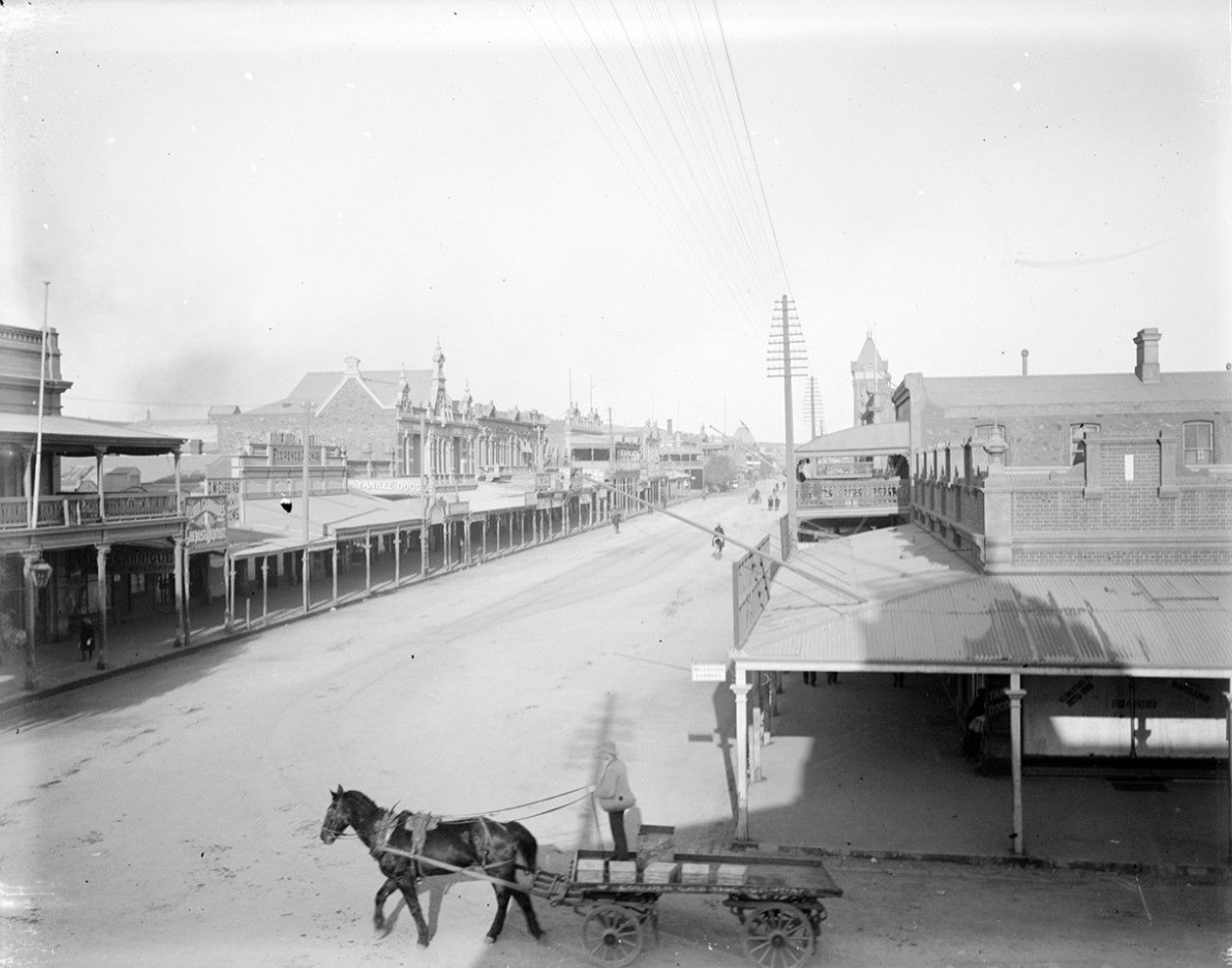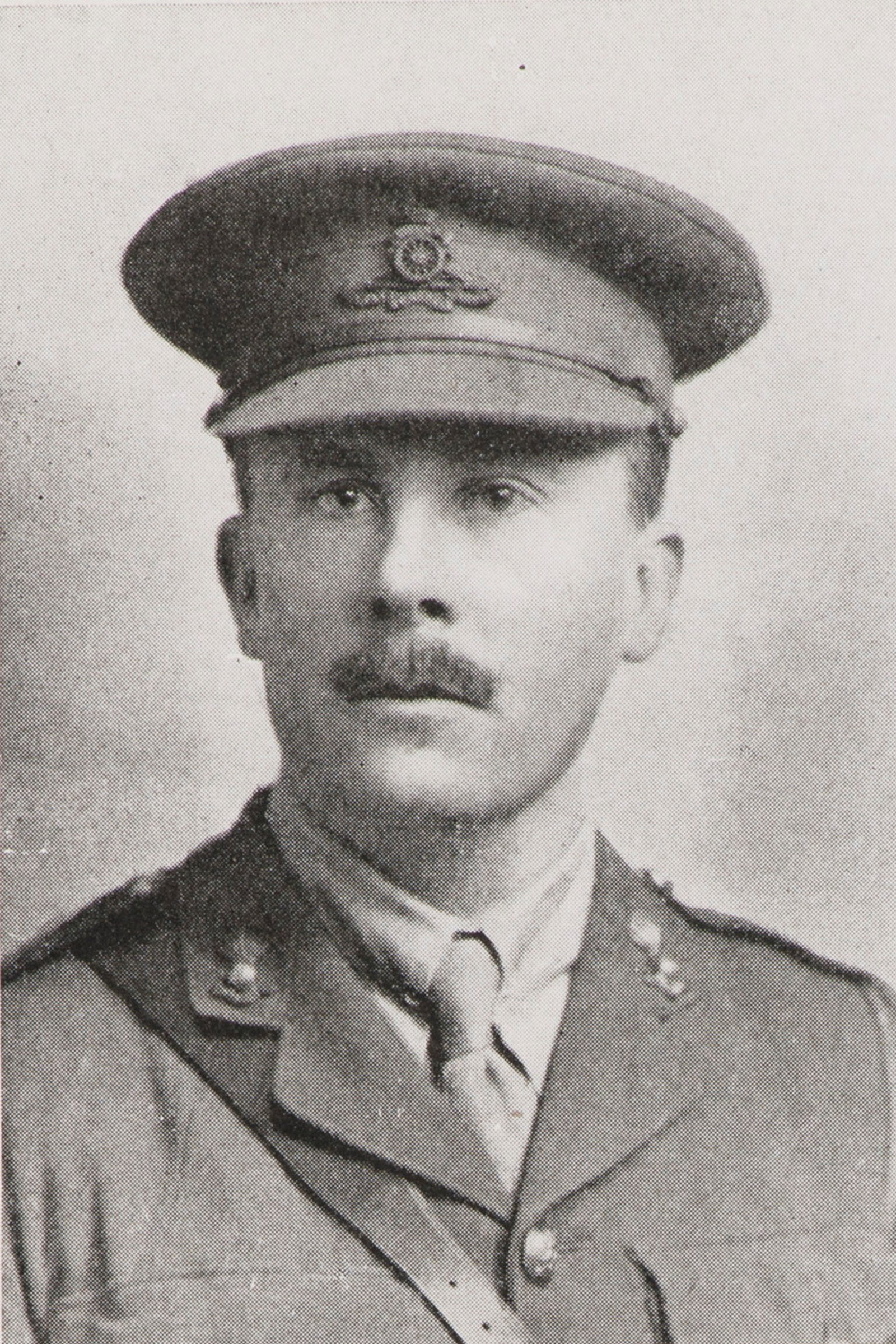NSW Correspondence School
These photos show the NSW State Correspondence School, Blackfriars. It began in early 1916 for children living in remote and country areas.
27 children were initially enrolled and by October of that year a teacher, WA Carter, was appointed to run the school. The service rapidly expanded and, due to lack of space, was divided into four separate schools. These were eventually consolidated under one Principal in the former Blackfriars Public School in Chippendale.
By the end of 1924 there were almost 2,300 students enrolled. The teaching method involved the correspondence pupils working in three separate workbooks that circulated over five-day periods. At any one time, one workbook was being marked by the teacher, a second was in the post and a third was with the student.
A school magazine, The Outpost, was first published in 1935 as a'connecting link between the pupils, ex-pupils, parents, supervisors, and the School, and each other ... with the School, its activities and its social services, as the focal point.'In December 1990, under a four-year Rural Education Plan to improve educational services for isolated and country children, the Correspondence School closed, to be replaced in 1991 by 17 Distance Education Centres.
Extracted from Agency information in the State Archives catalogue
These photos are from the Commonwealth Film Unit production "School in the Mailbox" which was directed by Stanley Hawes and released in 1947. Watch the short film on the National Film and Sound Archive YouTube Channel.
The postal service is vital for the Correspondence School
Children receive lessons in the mail from the State Correspondence School. The postman delivers lessons for the youngsters and collects and returns all completed school exercises from the previous school delivery.
Children work remotely
The school magazine
Among the State Correspondence School papers the mailman delivers is the latest edition of The Outpost,the school magazine.
Teachers check the work returned by mail
Published on
More stories
Browse all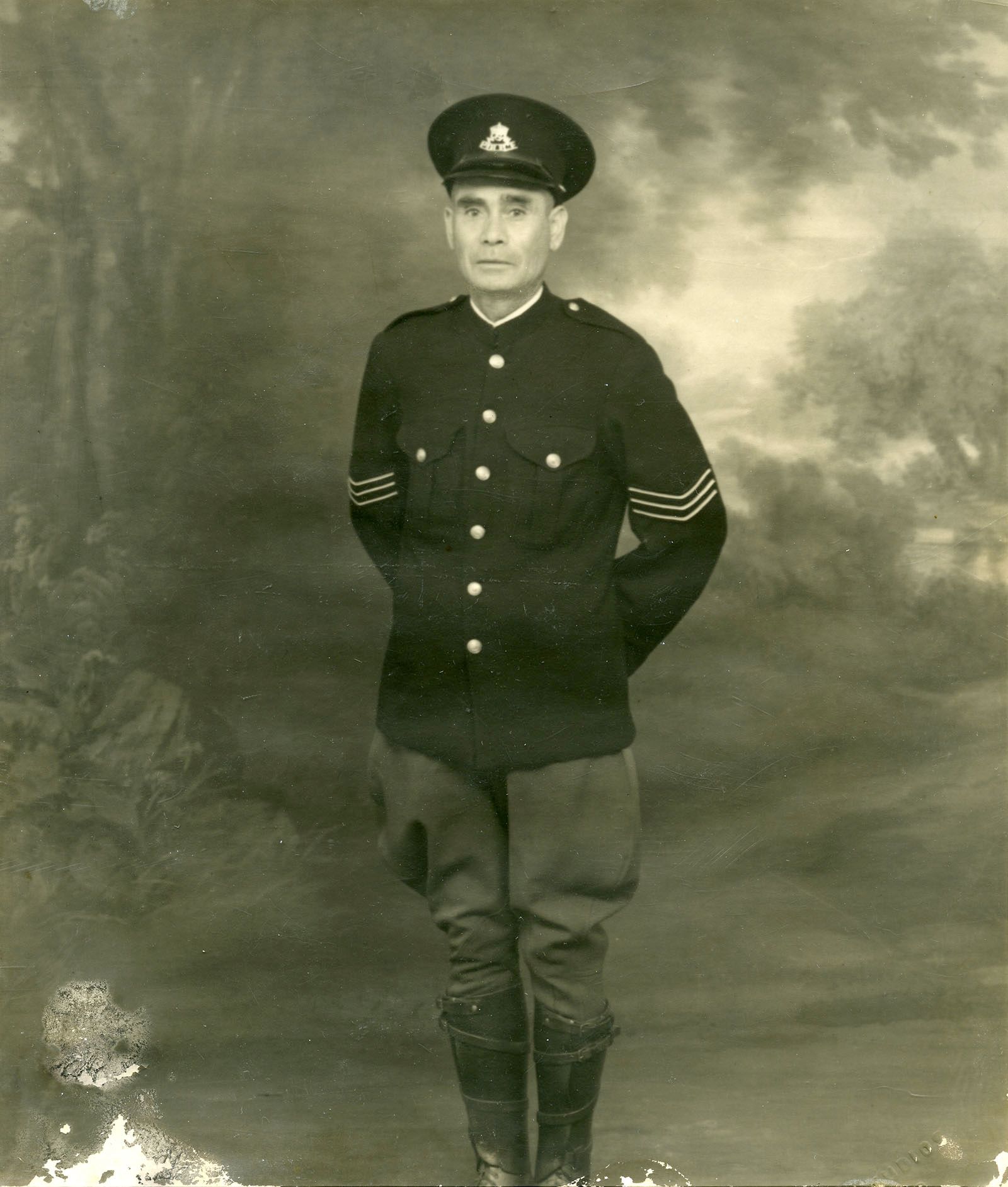
Alexander Riley, legendary Aboriginal police tracker
The remarkable talents of Aboriginal trackers who worked for NSW Police in the 20th century are featured in a display at the Justice & Police Museum
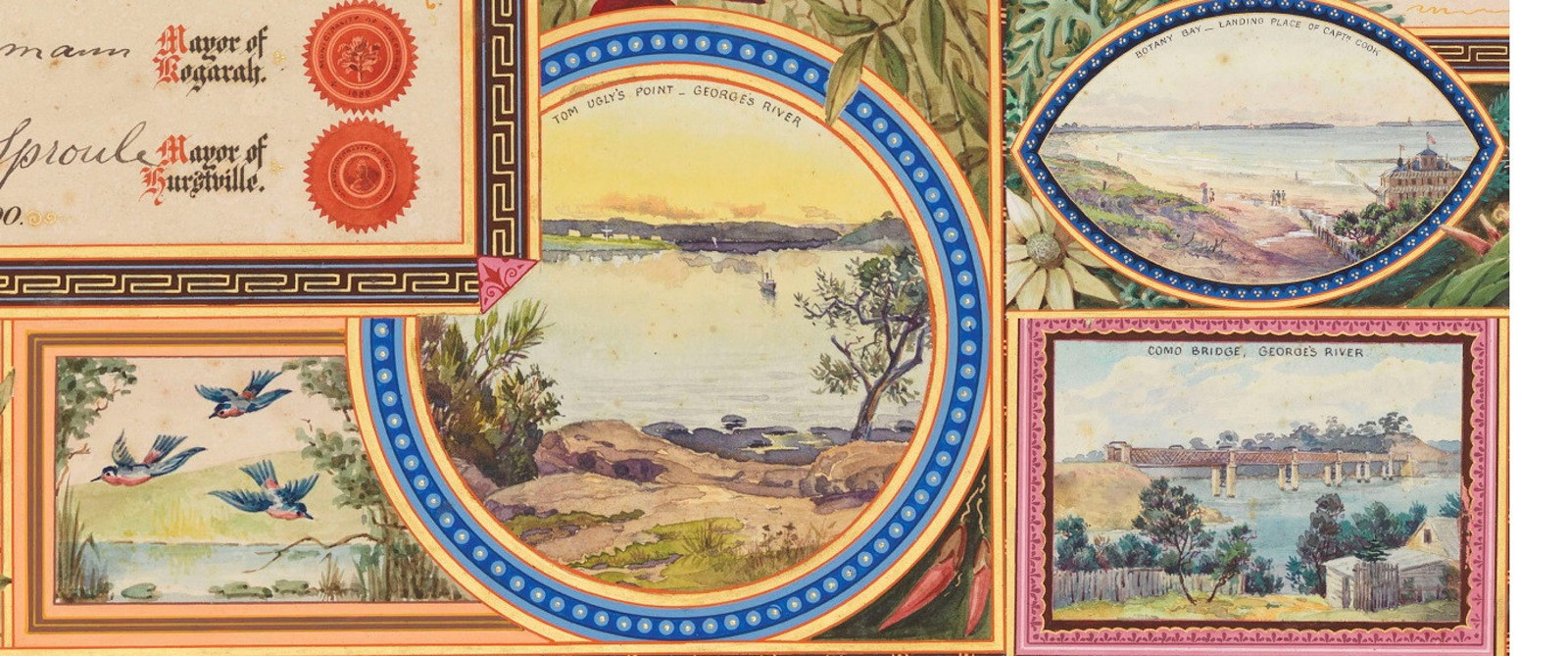
Carrington albums – illuminated addresses
On 2nd January 2014 State Records NSW received 22 Presentation albums from the Centre for Buckinghamshire Studies in Aylesbury, Buckinghamshire, United Kingdom
Photo collections
Browse all
House photo albums
These specially produced photograph albums (some in published form and others consisting of photographs pasted into an album) comprise images of one or more domestic dwellings and depict exteriors, interiors and gardens in NSW mostly from the late 19th to the early 20th centuries

Richard Stringer’s architectural photographs, 1968–2003
This portfolio contains 55 photo prints taken by architectural photographer Richard Stringer, dating from 1968 to 2003, documenting significant Australian domestic buildings

Barry Wollaston: historic buildings in the county of Cumberland (NSW), 1954
This collection consists of 232 photo negatives by architect and photographer Barry Wollaston of buildings in the Sydney region considered by the Royal Australian Institute of Architects in the early 1950s to be of architectural and historical value

A pictorial guide to identifying Australian architecture – photo collection
This collection of over 700 black and white photo prints was used to illustrate the book 'A pictorial guide to identifying Australian architecture' by Richard Apperly, Robert Irving and Peter Reynolds, first published in Sydney in 1989

Electricity Commission
These photos record the power generation and transmission assets of the organisation and document the working conditions and social events of its employees
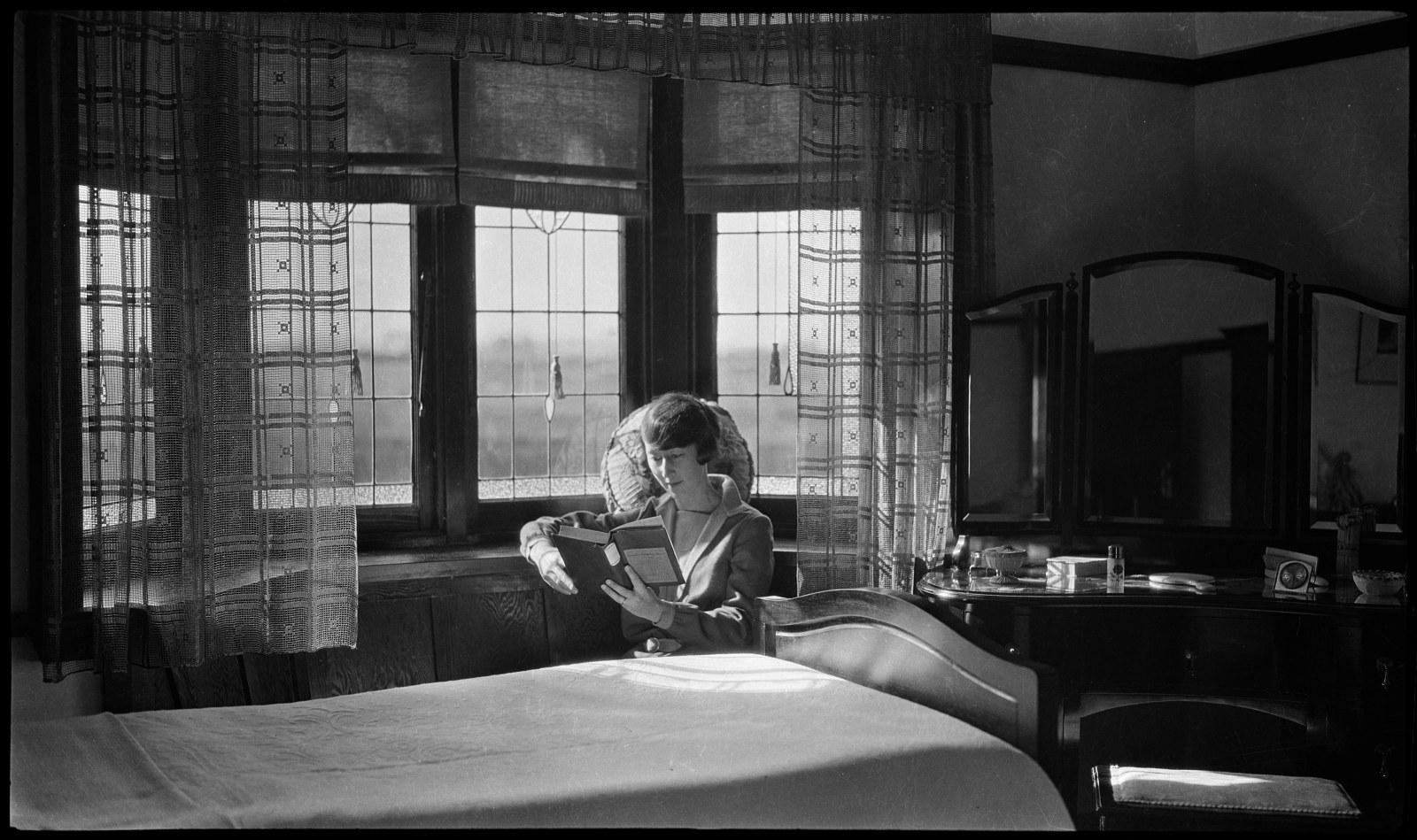
Alan Spearman Evans Collection
The Alan Spearman Evans Collection comprises over 2000 photographic images of houses, house interiors, garden landscapes and industrial workplaces in NSW
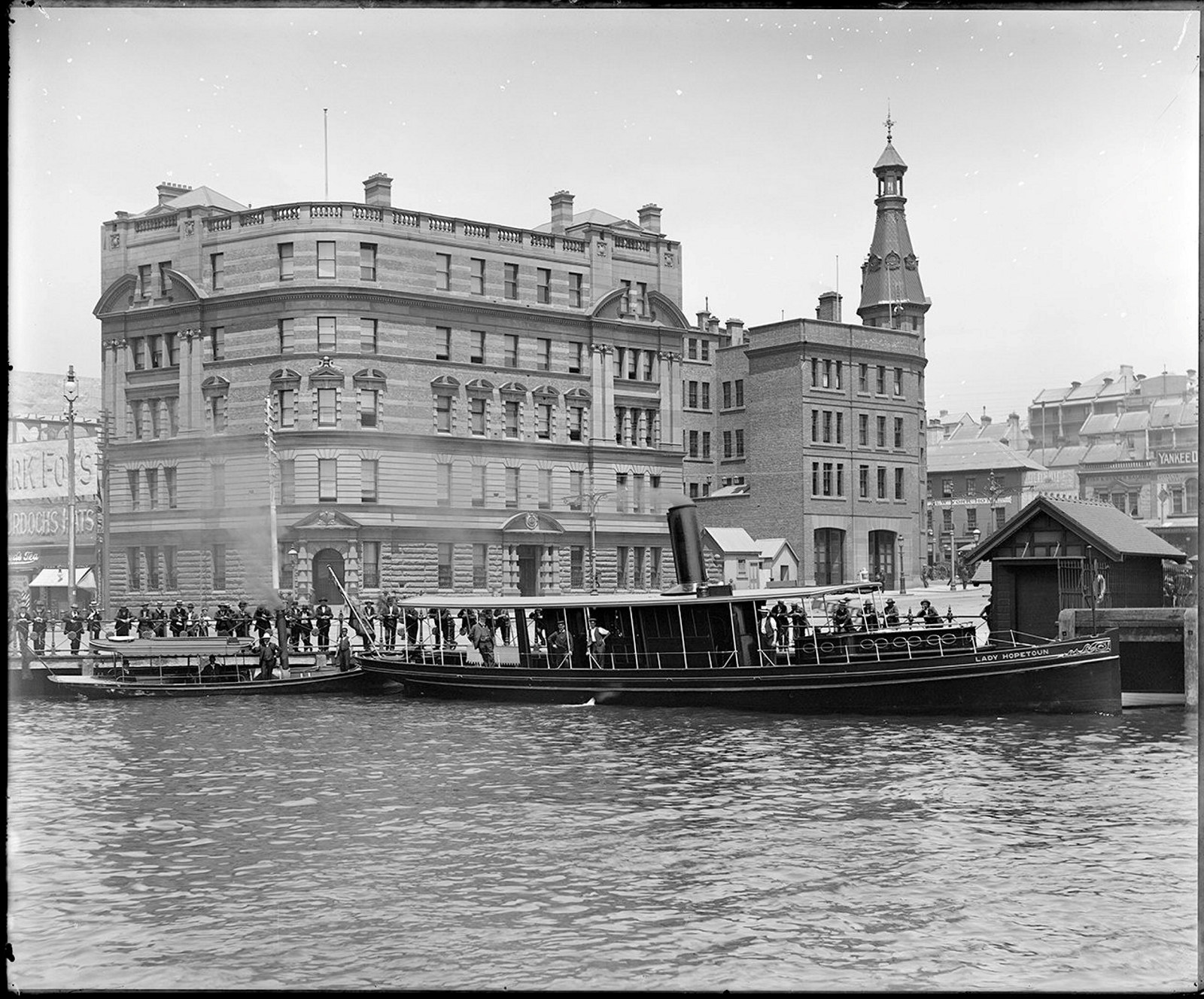
Maritime Services Board
A sample of the 4000+ digitised glass plate negatives from the Maritime Services Board
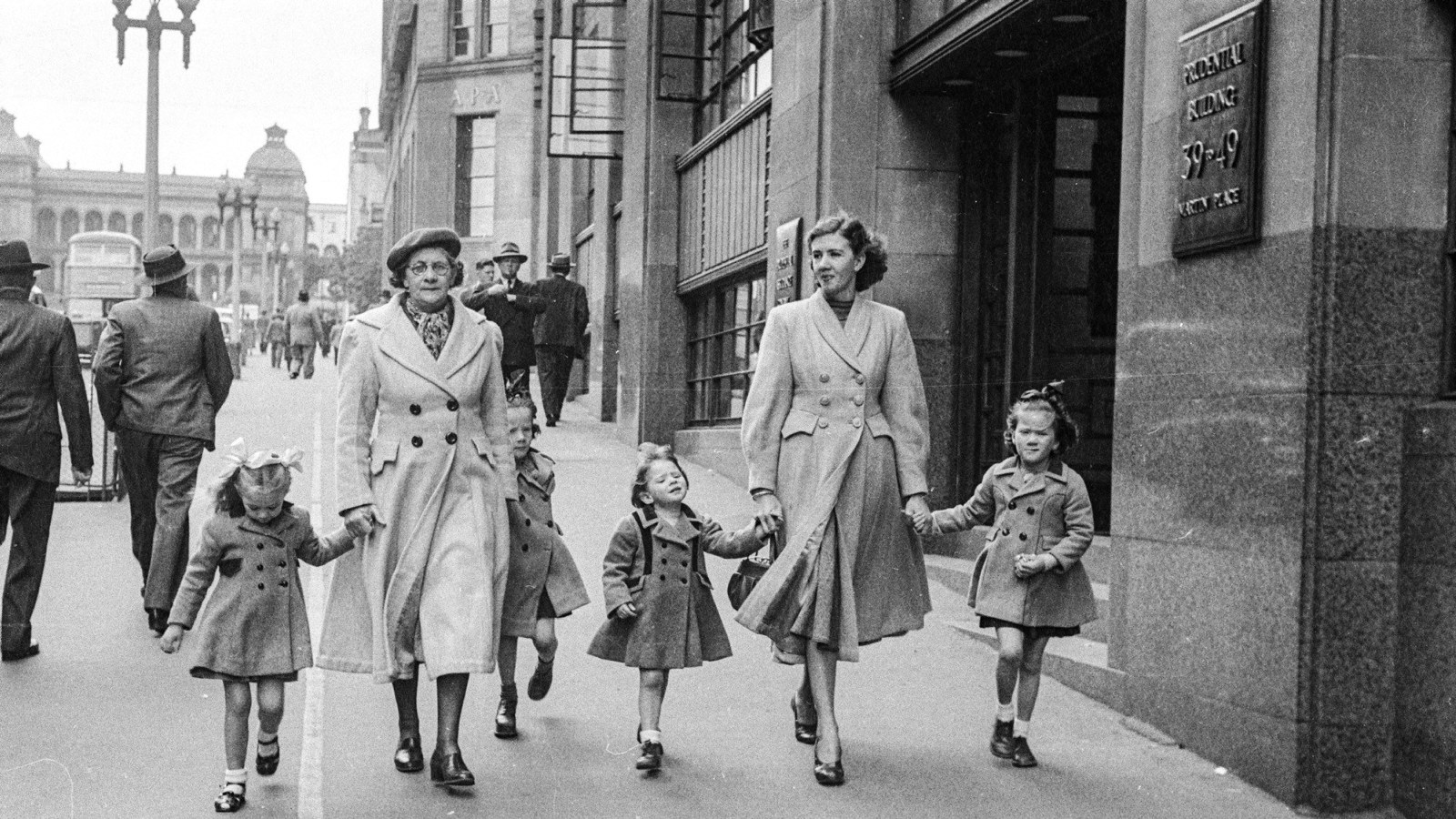
Ikon Studio
During the public call out for our Street Photography exhibition an extraordinarily rare collection of street photography negatives came to light. The Ikon Studio negatives provide a fascinating visual narrative of the street photographer at work
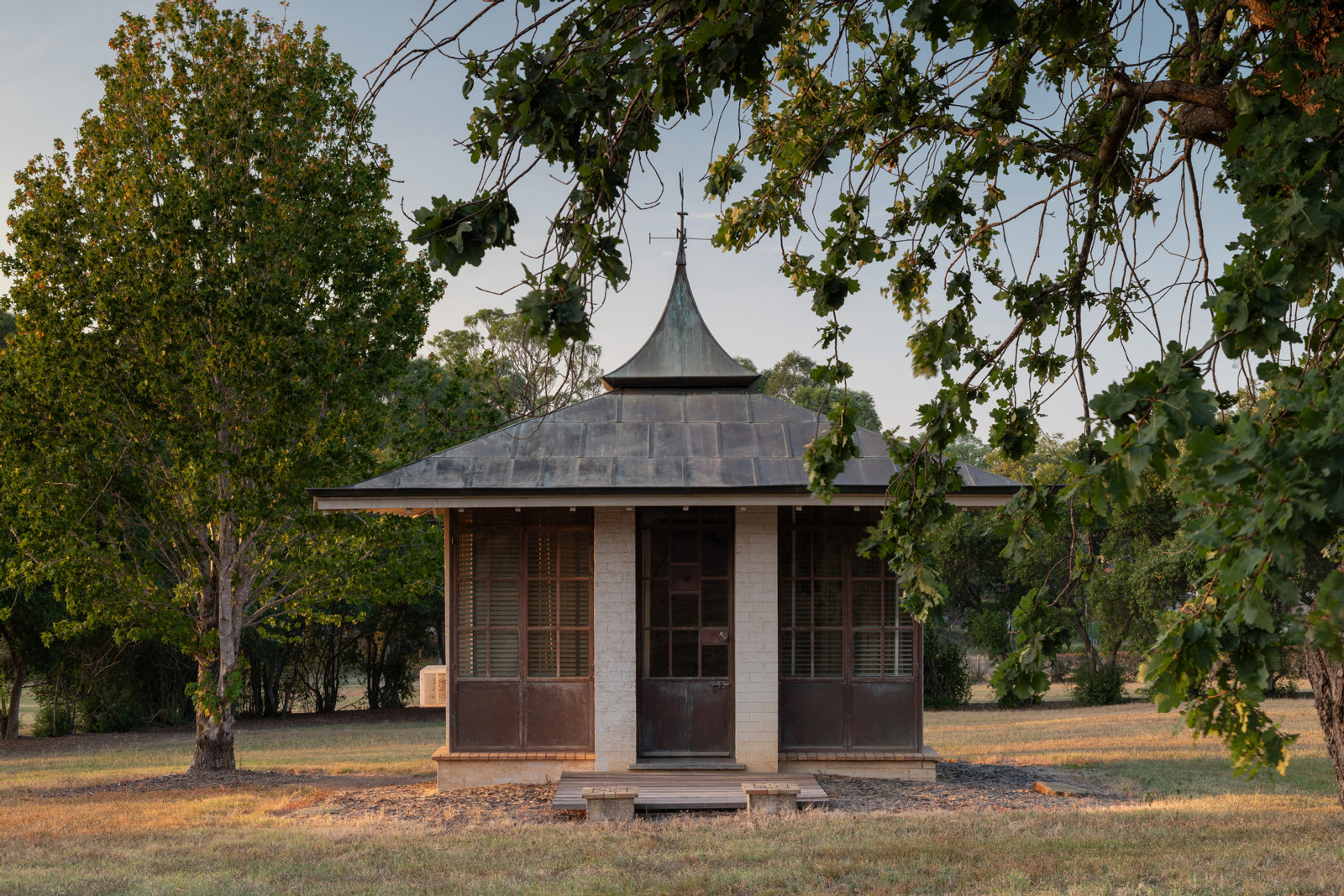
Documenting NSW Homes
Recorded for the future: documenting NSW homes
The Caroline Simpson Library has photographically recorded homes since 1989

Government Printing Office Glass Negatives
From the late 19th century into the 20th century, photography played a significant role at the Government Printing Office, leading to a rich and varied collection of images depicting life in New South Wales
